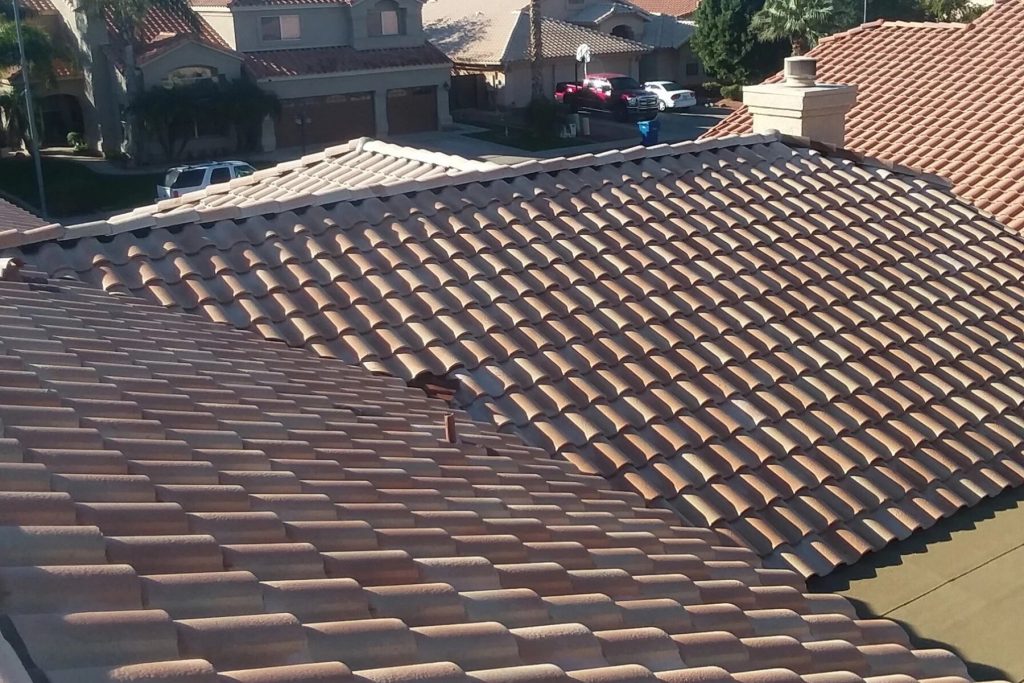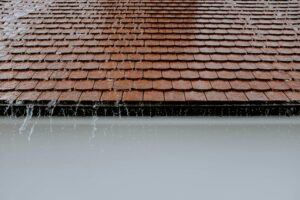The Importance of Roof Longevity
Your roof is one of the most critical parts of your home. It protects you from the elements and keeps your property secure, but like all things, it has a lifespan. The good news is, that with proper care and attention, you can significantly extend the life of your roof, saving money on costly repairs or replacements down the line.
In this guide, we’ll cover essential tips to help you maximize your roof’s durability and longevity.
Why Extending Your Roof’s Lifespan Matters
Extending your roof’s lifespan should be a priority for every homeowner. A well-maintained roof lasts longer and offers better protection for your home. This means fewer issues with leaks, insulation problems, or unexpected repairs. Whether you have a new roof or an older one, taking steps to care for it properly can add years to its life.
The Financial and Structural Benefits of a Long-Lasting Roof
The financial benefits of extending your roof’s lifespan are significant. By maintaining your roof, you reduce the need for expensive emergency repairs or even a full roof replacement. In addition, a longer-lasting roof ensures your home’s structure remains intact, preventing water damage, mold growth, and insulation failures that could cost even more in the long term.
Understanding Roof Lifespan: How Long Does a Roof Last?
The Average Roof Lifespan by Material
The lifespan of your roof largely depends on the materials used. Here’s an overview of how long different roofing materials typically last:
- Asphalt Shingles: 20-30 years
- Metal Roofs: 40-70 years
- Tile Roofs: 50-100 years
- Wood Shingles: 20-40 years
- Slate Roofs: 75-200 years
These are average roof lifespans, but they can vary depending on climate, maintenance, and installation quality. Understanding your roof’s material is the first step in determining how long your roof might last.
Factors Affecting Roof Lifespan: What to Watch Out For
Several factors can impact the longevity of your roof. These include:
- Weather: Harsh weather conditions, such as heavy rain, snow, or hail, can accelerate wear and tear.
- Sun Exposure: UV rays can damage roofing materials over time, causing them to crack or fade.
- Installation Quality: A poorly installed roof is more likely to experience issues and have a shorter lifespan.
- Ventilation: Proper ventilation prevents heat and moisture buildup, which can damage your roof’s structure.
- Maintenance: Regular maintenance is key to catching small problems before they become major issues.
Regular Maintenance: The Key to Extending Roof Life
Routine roof maintenance is essential for keeping your roof in top condition. Here are a few maintenance tasks that can help extend the life of your roof:
- Clean the Gutters: Clogged gutters can cause water to back up under the roof, leading to leaks and water damage.
- Inspect for Damage: Regularly check for cracked or missing shingles, loose flashing, and other signs of damage.
- Trim Overhanging Branches: Trees that rub against your roof can cause significant damage over time.
- Clear Debris: Remove leaves, branches, and other debris from the roof surface to prevent moisture buildup and moss growth.
Roof Repairs vs. Roof Replacement: Making the Right Decision
When roof damage occurs, you may wonder whether a repair or a full roof replacement is the better option. Here’s how to decide:
- Roof Repairs: Ideal for minor damage, such as a few missing shingles or small leaks. Repairs can be cost-effective but may only be temporary solutions.
- Roof Replacement: If your roof is nearing the end of its lifespan or has significant damage, replacing the entire roof may be more cost-effective in the long run. A new roof provides better protection and can increase your home’s value.
In the long term, replacing an aging or severely damaged roof can save you money by avoiding constant repairs and improving your home’s energy efficiency.
Investing in High-Quality Roofing Materials for a Longer Roof Life
The quality of your roofing materials plays a significant role in how long your roof will last. While cheaper materials may save you money upfront, they often require more frequent repairs and have shorter lifespans. Investing in high-quality roofing materials, such as metal or slate, can provide better durability and lower maintenance costs over time.
The Role of Professional Roof Inspections in Prolonging Roof Lifespan
Regular roof inspections by a professional roofing contractor, like Columbia Roofing in Columbia, MD, can identify potential issues before they become major problems. During an inspection, the roofer will check for signs of wear and tear, damage to shingles, flashing, and other critical components.
- How often should you get an inspection? It’s recommended to schedule a professional roof inspection at least once a year and after severe weather events.
Roof Ventilation and Insulation: Boosting the Durability of Your Roof
Proper ventilation and insulation are crucial for maintaining your roof’s health. Without adequate ventilation, heat and moisture can build up in your attic, causing the roof structure to weaken over time. Ensure that your roof has:
- Sufficient Ventilation: This prevents heat and moisture from accumulating and damaging the roofing materials.
- Proper Insulation: A well-insulated attic helps regulate temperature, reducing the risk of ice dams and minimizing stress on your roof.
Weatherproofing Your Roof: Shielding It from the Elements
Weatherproofing your roof is an important step in extending its lifespan. This involves adding protective coatings or sealants that shield your roof from the elements, including rain, snow, and UV radiation.
- Benefits of Weatherproofing: It helps prevent water infiltration, protects against extreme weather conditions, and prolongs the life of your roofing materials.
- Preparing for Seasonal Changes: Ensure your roof is ready for winter snow or summer storms by addressing any vulnerabilities before the weather changes.
Take Action to Maximize the Lifespan of Your Roof
A long-lasting roof not only saves you money but also ensures the safety and comfort of your home. By taking proactive steps, such as regular maintenance, timely repairs, and professional inspections, you can significantly extend your roof’s lifespan and avoid costly replacements down the line.
Recap: The Essential Steps for a Longer Roof Life
- Perform regular maintenance and inspections to catch damage early.
- Invest in high-quality materials and professional installation.
- Consider replacing an aging roof to save on long-term repair costs.
- Ensure proper ventilation and insulation to maintain roof health.
Protecting Your Investment Through Proper Roof Care
At Columbia Roofing, we specialize in extending the life of residential and commercial roofs through high-quality services. Contact us today to schedule a roof inspection in Columbia MD, and learn how we can help you protect your home and save money with proactive roof care.
Roof Lifespan FAQs
How long does the average roof last?
The average roof lifespan depends on the material used. Asphalt shingles last around 20-30 years, metal roofs can last 40-70 years, and slate roofs can last over 100 years.
What are the main factors affecting roof lifespan?
Factors that affect roof lifespan include weather conditions, the quality of roofing materials, installation, ventilation, and regular maintenance.
How can I extend the lifespan of my roof?
You can extend your roof’s life by performing regular maintenance, clearing debris, addressing minor damage promptly, and scheduling professional roof inspections annually.
When should I replace my roof instead of repairing it?
Roof replacement is often necessary when your roof is nearing the end of its lifespan, has extensive damage, or when repairs are becoming frequent and costly.
Why is professional roof inspection important?
Professional roof inspections can detect early signs of damage that homeowners might miss, helping you avoid costly repairs or premature roof replacement.
Does investing in high-quality roofing materials help extend roof life?
Yes, high-quality materials, such as metal or slate, provide better durability and protection against weather, reducing the need for frequent repairs and extending the roof’s lifespan.






